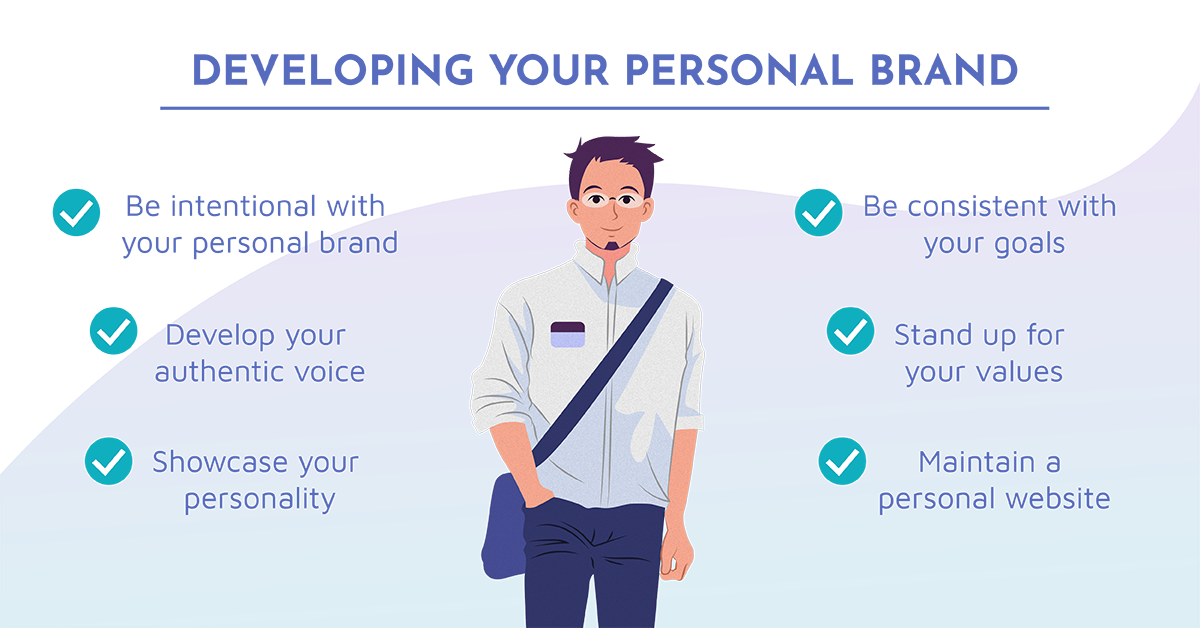Elements of a Brand
Your business requires an identity. As owner, you are an integral part of establishing this identity. This requires you to focus on brand strategy then letting people know who you are with your marketing strategy. Here are all of the elements of a brand you need to focus on to create your identity.
Brand Name
Unlike what Shakespeare said, there is a lot in a name. You need to pick a name that tells people what you do the moment they hear it. It should also be pleasing to the ear. When you pick a name, you want to pick a name with an open domain name. You also want to ensure you spell it correctly instead of in a funky, cute way. You want people to be able to find you online, and spelling your name obscurely will only increase the chance of people getting confused or not finding you at all. Finally, check out the competition to see if another business has a similar name. Clearly, you don’t want that.
Logo
Good branding will create a logo that you picture the second their name comes up. When you think of McDonald’s, you probably think of the golden arches. When you think of Nike, you probably think of the famous swoosh. You need to create a logo that people will remember. To do this, you need to place the logo on all company communications and merchandise. The logo should also be displayed prominently online as your social media profile picture, on your website, and all business pages. This consistently will help customers find you and create trust.
Fonts and Typography
Yes, even something as small as font matters. Think about horror movie font compared to font on a young girl’s notebook cover. One is going to convey a very different message than the other. Pick a font that you feel contains the appropriate tone for your company. And whatever you do- don’t use Comic Sans!
Graphics/Images
Graphics are the images that you use in your marketing campaign. They can be on your website, your ads, your emails, and your social media. They keep things visually interesting, and they are also a way to tell people about your company. You may choose an animated graphic or something professional. You also must make decisions on the size of the images you use. All of these decisions will affect the way a person feels when they see it. Choose wisely.
Color
There is significant psychology behind color in advertising. If you want to associate your company with danger, you may choose red. If you want to convey peace, you may choose blue. The color scheme should match everywhere- logo, website, graphics, and merchandise. Even your office should be designed with the company’s color scheme in mind.
Tone and messaging
The content you put out there into the world should maintain a consistent tone. The content people will read could include:
- blogs
- website content
- market emails
- advertisements
- social media posts
- internal communications
If you want to present a playful tone, you will use different language and a different tone than if you want to be serious for a moment. Make sure that the tone matches your product. A trampoline company isn’t going to use a serious tone, but an accident attorney could successfully go that route. Just remember that this tone will be associated with your name for years to come, so don’t be so ridiculous or so serious that it can be off-putting to certain customers.
Brand personality
Without being political, it can be helpful to look at your business as a person. What type of person is your business? Playful and young? Trendy and cool? Sophisticated and conservative? Mature but still fun? Traditional and family-focused? This will help you clarify a personality. When making business decisions, you can make a point to align them with the company’s personality
Target audience and personas
You need to know your audience in order to appeal to them. If you aren’t sure who your audience is, you can put out surveys to learn more. You can also ask for personal information when a customer signs up with you. Ask about demographics, such as age, gender, sexual orientation, religion, marital status, and income.
Now that you know the demographics of your audience, it’s time to flesh one of your customers out. Give them a name, job, home life, gender, and religion. You can help develop your brand strategy by this customer. It can be wise to create multiple personas if you tend to appeal to a number of demographics. Do your best to create a marketing strategy that will appeal to all of your main customers.
Company culture
You don’t only need to think about the customers when it comes to branding. You’ll also need to think about potential employees. Company culture is a part of your identity. You need one that attracts employees who will excel in your business. What’s it like in your office place? Are people casual or are things done by a strict regimen? Is it competitive and stressful or laid back and friendly? There are strengths and weaknesses with all types of company culture, so pick the one that works best for you. Explain the company culture in the interview process to ensure potential employees will mesh well. Also, even if you do prefer a more casual, laid back atmosphere, always treat the workplace like a place of business, even while having fun. Behave appropriately at all times and maintain a safe office for everyone.
Your business’s identity is how you portray it from the very beginning with the name and logo. You need to come up with a plan that conveys the emotions you want people to feel when they think of your business. The colors, imagery, and graphics you use contribute greatly. Be ready to tell a story your potential customers will buy.


-2.gif)

